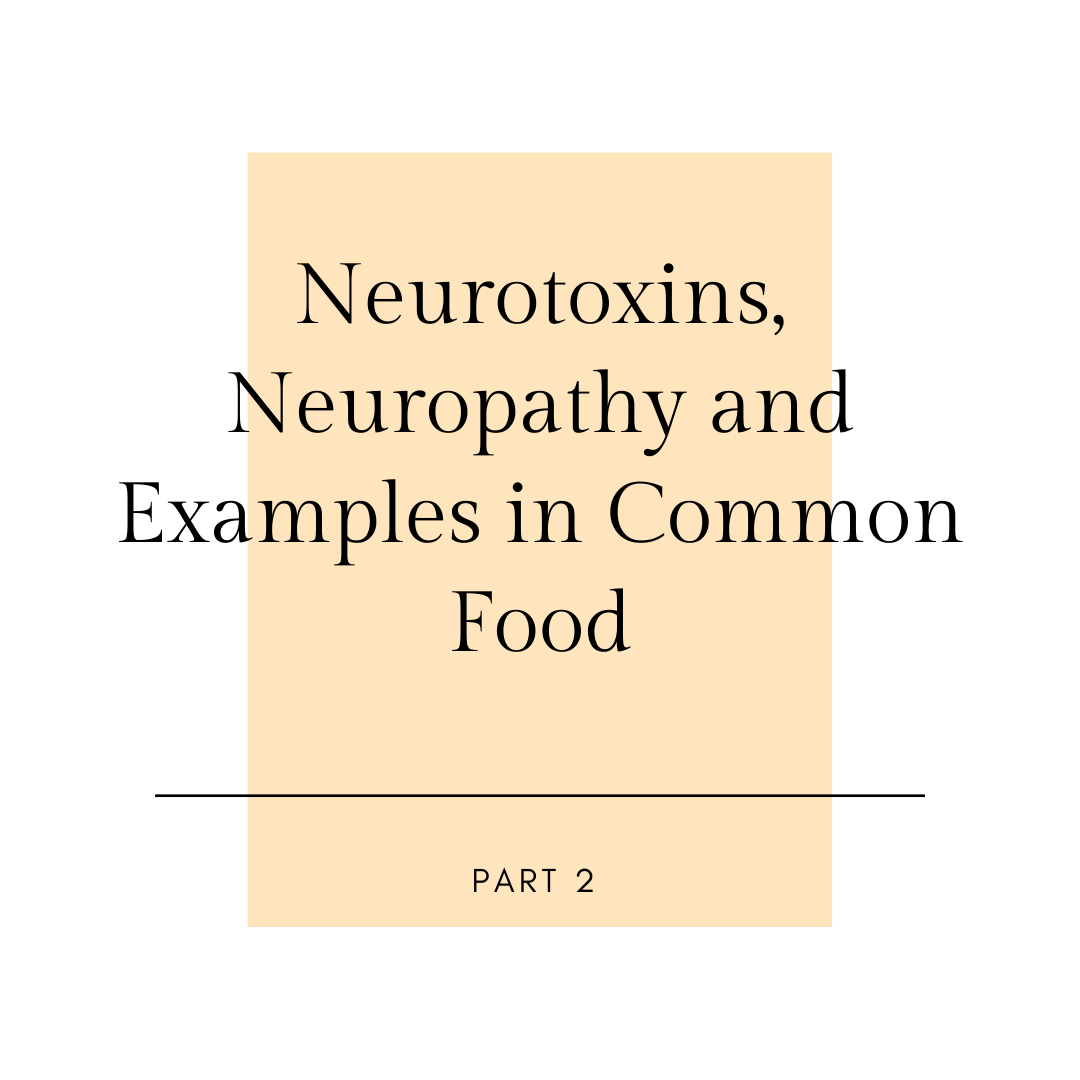In part one of this two-part blog series, we went over the connection between neurotoxins and neuropathy conditions. Found in many of the foods we consume regularly, neurotoxins often lead to dysfunction in the nerves and other nerve issues, or exacerbate previous conditions that were already in play.
At Neuropathy Treatment Clinic of Oklahoma, our neuropathy specialist and treatment services involve a wide range of knowledge about potential triggers for neuropathy symptoms, including neurotoxins. The FDA has identified a vast list of over 3,000 different additives that may be found in various foods you consume, and the majority of these have not been tested for neurotoxins or any other kind of contaminant – here are a few more of the common neurotoxins often found in foods, plus the kinds of foods they’re common in and the impact they may have on neuropathy or other conditions.
Sucralose
You likely know sucralose by its popular brand name: Splenda. It’s perhaps the single most common artificial sweetener on the market, often used in coffee, tea and various other beverages. It’s extremely sweet – up to 600 times sweeter than sugar, in fact.
Unfortunately, sucralose releases toxic chemicals as part of its chemical bond with chlorine. Neurological side effects of prolonged sucralose consumption may include nerve damage, headaches, dizziness, anxiety, depression, tinnitus and various forms of brain fog. Depression risks, in particular, go up in large ways.
If you drink coffee or tea and need a sweetener alternative, we recommend either Stevia or Luo Han Guo. These are both natural options that do not produce neurotoxins. Ensure you purchase pure versions of either of these products, not knock-offs.
Aluminum
We think of aluminum as a metal for construction and other major applications, but did you realize it’s also found in many food and medicine? Traces of aluminum can show up in drinking water, plus in pots or pans, deodorants, baking powder and various antacid products, but is difficult for the body to absorb.
This is a problem because aluminum can easily cross the blood-brain barrier, entering the brain and contacting fluoride. Aluminum fluoride is a compound commonly found in the brains of Alzheimer’s patients, and has been linked directly to various neurological conditions.
Mercury
Mercury is a curious neurotoxin because it can be found in several forms. The most common exposure format for people in the US is consuming it in fish that contain it, but it can also be present in the air – it often settles into bodies of water like lakes or streams, where it can build up in fish and shellfish. Mercury has been directly linked to conditions ranging from tremors and headaches to peripheral neuropathy and ataxia, and is a highly toxic substance that destroys both brain and nerve tissue.
Some of the fish with the highest concentrations of mercury include mackerel, swordfish, orange roughy, shark, marlin, sea bass, grouper, tuna and tilefish. If you consume fish regularly and are dealing with nerve issues, speak to your doctor about changes to your diet.
For more on neurotoxins in food, or to learn about their connection to neuropathy or any of our pain management services, speak to the staff at Neuropathy Treatment Clinic of Oklahoma today.


